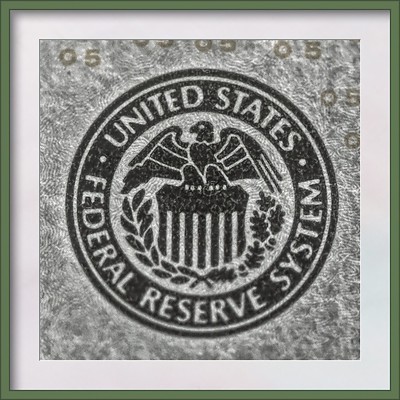The Federal Reserve, often referred to as the Fed, is at the forefront of managing the United States’ monetary policy. Their decisions regarding interest rates have a profound impact on the economy, affecting everything from borrowing costs to employment levels and inflation rates. In this article, we will examine the recent announcement by Fed policymakers, who have chosen to maintain their current stance on interest rates while engaging in a spirited debate over whether more action is needed.
Understanding the Current Situation
As of the latest update, Fed policymakers have opted to keep interest rates unchanged. This decision reflects their commitment to supporting the economic recovery from the COVID-19 pandemic. With the nation facing a unique set of challenges, the Fed’s primary goal is to strike a balance between promoting employment and keeping inflation in check.
Factors Influencing Their Decision
Several key factors are influencing the Fed’s current stance:
- Inflation: One of the major concerns is rising inflation. While some argue that inflation is temporary and caused by pandemic-related supply chain disruptions, others fear it may become a persistent issue. The Fed is closely monitoring inflation trends and will adjust its policies accordingly.
- Unemployment: The labor market’s health is another critical factor. Although significant progress has been made in reducing unemployment since the pandemic’s peak, there is still uncertainty about the extent to which it has recovered and whether more intervention is necessary.
- Economic Growth: The pace of economic growth has been robust in recent quarters, but there are concerns about its sustainability. Policymakers are considering whether additional stimulus measures are needed to bolster growth and employment.
The Ongoing Debate
The debate among Fed policymakers is multifaceted and reflects the complexity of the economic landscape. Some argue that keeping interest rates low is essential to continue supporting the economic recovery, while others are concerned that maintaining such accommodative policies for too long may stoke inflationary pressures.
There is also discussion about the appropriate timing for tapering the Fed’s bond-buying program, which has provided additional support to financial markets. Policymakers must carefully calibrate the pace of tapering to avoid market disruptions.
Conclusion
In conclusion, the Federal Reserve’s recent decision to maintain interest rates highlights their commitment to fostering economic recovery in the face of ongoing challenges. The Fed’s policymakers are engaged in a lively debate, carefully weighing the risks and benefits of their policy choices. As the economic situation evolves, they will continue to monitor key indicators, adapt their strategies, and communicate their decisions transparently to the public. The path forward for monetary policy remains uncertain, but the Fed’s dedication to guiding the nation through these challenging times remains steadfast. Stay tuned for further updates on the Fed’s actions and their impact on the U.S. economy.












